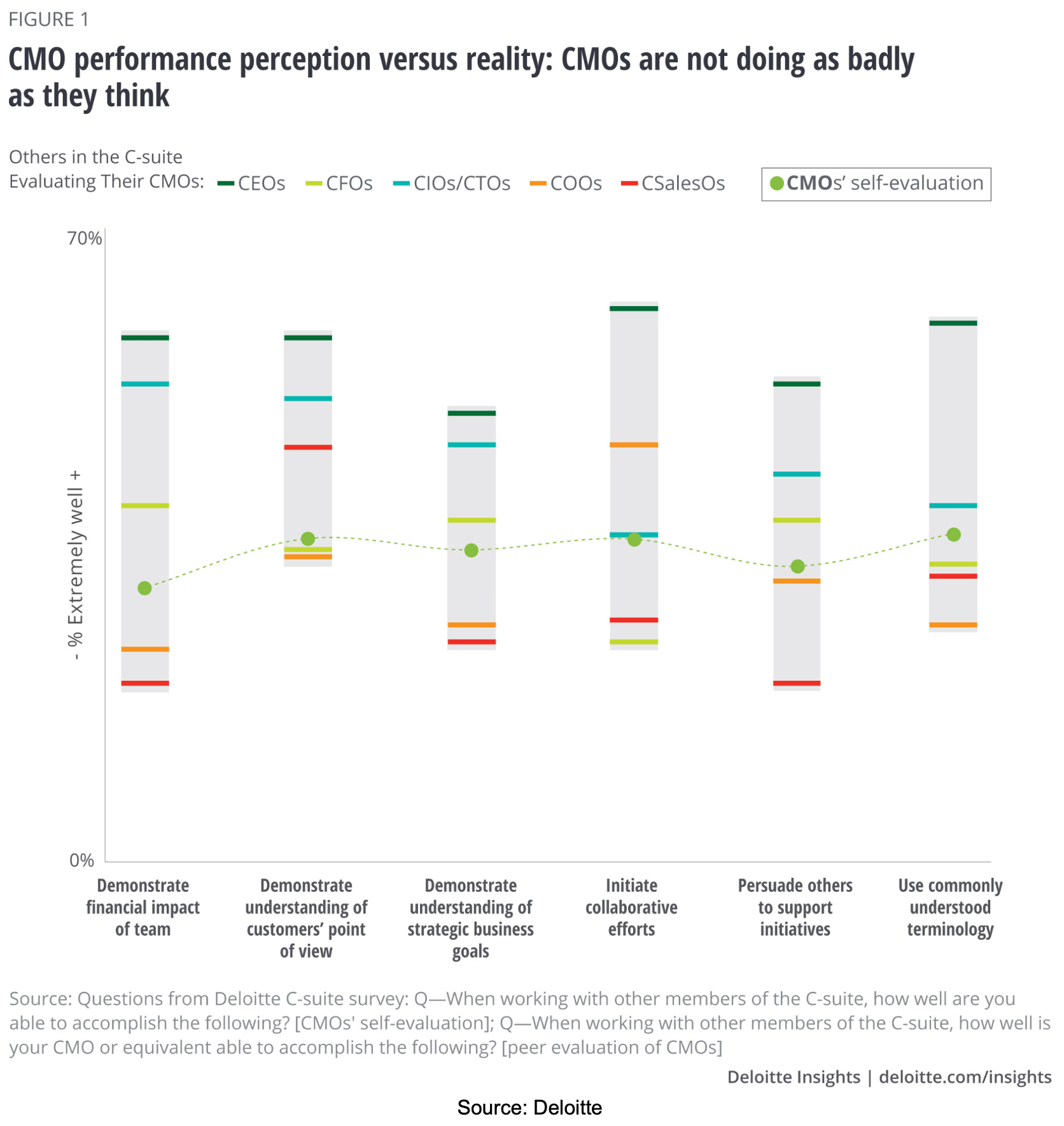Brand building in the era of instant gratification
This is the final piece in a Brand Council content series on “Balancing short-term and long-term strategies.” Read the introductory piece here, Part 1 here and Part 2 here.
Our use of technology is making us stupid, distracted and disconnected from each other. It’s also been making us increasingly impatient.
Patience is a virtue (they say). But in an on-demand world, one where we expect an immediate response to our actions, do any of us still have the virtues of patience?
If you are an advertiser, tasked with both driving sales now and building a brand for longevity, this shift in our neurological makeup presents a problem.
How do you create the proper balance between sales activation (or ‘performance’) and brand building? One satisfies our desire for instant gratification, while the other requires more patience from you and your organization.
We spoke with several marketing leaders to identify the most effective ways to create organizational patience – the time and space required to create the optimal balance for marketing to really do its job.
Dopamine marketing planning
A friend of mine, and former apparel marketing leader, once described the appeal of ‘performance’ marketing as:
“It’s like a drug – and it’s addictive. I know I shouldn’t focus all my attention and money there, but it’s much more satisfying to do so. You can move your pieces around the board. It’s gamified to feel like you are really doing something.” – Astrid Henninger, Professor - Business Marketing, Humber Polytechnic
Data is now omnipresent in a marketer’s day. Making the numbers move makes you feel a little omnipotent. Perhaps you can convince the rest of the organization that you are…for a time. Relying too heavily on sales activation tactics has diminishing returns.
“We’re looking at things daily, weekly, monthly. Things change so rapidly, and we now have the ability to quickly act on the data we see coming through. You get used to the pace, but if not properly managed, it can become a distraction.” – Stephanie Barrington, VP, Marketing, Well.ca
Once the diminishing returns begin you can either diversify your approach, or become diminished yourself. But, embracing that diversified approach – a more sustainable mix of sales activation and brand building objectives – creates new problems for the marketer.
Expectations are now set for immediate, easy to understand results. If it were only that simple.
“The biggest challenge I’ve historically faced, is managing expectations once launched of: a) when impact will be seen (not overnight!), or b) what impact looks like (typically not as dramatic as performance). The truth of the matter is, it takes months, not weeks, to get sound data on the impact of brand building. And depending on your audience, reporting a lift in brand awareness and/or affinity doesn’t always have the same positive impact in the boardroom as showing the number of orders, sales dollars, etc., going up like you can with performance.” - Sherryl Woodward, CMO, Rates.ca
How can we shift these expectations, and help avoid the impulsive behaviour that the availability of more and more data can create?
A new kind of rush
Sales activation (or performance) marketing appeals because it provides instant gratification. It feels easier. Cause and effect is easier to identify. Metrics are easier to understand. Taking it all in doesn’t require much marketing expertise. It’s intuitive, satisfying our need to know what we need to know ASAP.
And that’s important. Because while marketing has become more complex over the past two decades, marketing experience (outside of the marketing department) has plummeted.
And of course it has.
An increasingly difficult job with an increasingly short tenure? Sign me up, right?
Marketing has become a challenging path – it’s no surprise then that CEOs are less and less likely to have any marketing experience at all.
“Based on publicly available data, we estimate that only 10 per cent of Fortune 250 CEOs have marketing experience, and only 4 per cent have previously held a CMO-like role. In contrast, more than 70 per cent of Fortune 100 CEOs have an operations or finance background.” – McKinsey & Company
So, how can marketing leaders bring the C-suite along and sell in the kind of activities that won’t create immediate gratification, but will deliver much more over time?
New rush #1: Teach/preach. Nobody knows what you know.
Great leaders are always eager to learn. They are by nature curious. Tap into that curiosity.
“[Marketing’s business impact] Advocate for it! Educate around it! And not only after you’ve spent a notable amount of money. There’s power in ongoing internal education and dialogue surrounding marketing initiatives. People are going to have opinions no matter what. I prefer to understand what they are and have open conversations so I know what challenges I may face down the road and what perceptions and attitudes need to be shifted.” – Sherryl Woodward, CMO, Rates.ca
Marketers must lean into their expertise and share it. Everybody might willingly express a marketing opinion, but you’re the one with real knowledge and real experience. Don’t let all the noise diminish your confidence about your skills and value.
Research shows marketing leaders have a diminished view of their skills vs. the opinion of their peers that really matter – the CEO and CFO. These folks value you more than you know. Speak up and advocate with confidence.

New rush #2: Put yourself out there – collaborate more readily.
“At the core, the roles (CMO and CFO) share the same ultimate objective: delivering business success. The key difference lies in how they measure success and the timelines they prioritize. CMOs must be focused on the customer – growing the base, deepening loyalty and penetration.” - Kathryn Barban, VP, Marketing, Momentum Financial
Knowledge of the customer is something marketers should undoubtedly own. But, if they hold this knowledge too tightly, they won’t reap the benefits of the expertise. Marketing leaders seem to have a knack for holding their cards close to the chest.
According to Deloitte:
- “Only 17 per cent of C-suite executives report having collaborated with the CMO in the past 12 months.”
- “Only 23 per cent of CFOs believe that CMOs collaborate effectively — the lowest percentage of all C-suite roles.”
Reaching out to the CFO to collaborate could be especially beneficial. Traditionally conservative, and often focused on more immediate results, bridging that divide via collaborative efforts is key.
“Though the skills may seem at odds, the best results happen when creativity and data science work hand in hand. And in striking this balance, CMOs will find themselves better suited to position their priorities for CFO alignment.” - Kathryn Barban, VP, Marketing, Momentum Financial
Conclusions
Creating the conditions to establish a better balance between sales activation and brand building may seem like a thankless task.
Taking the easy way out – representing the dopamine hit of “sales, sales, sales” activation, might satisfy some. Especially those game to move every couple of years.
But those in it for the long haul, wanting to make a real difference? Marketing expertise advocacy, teaching and collaboration, might just be the route to reap you long term rewards (and maybe turn a few more CMOs into CEOs).
Sources:




































